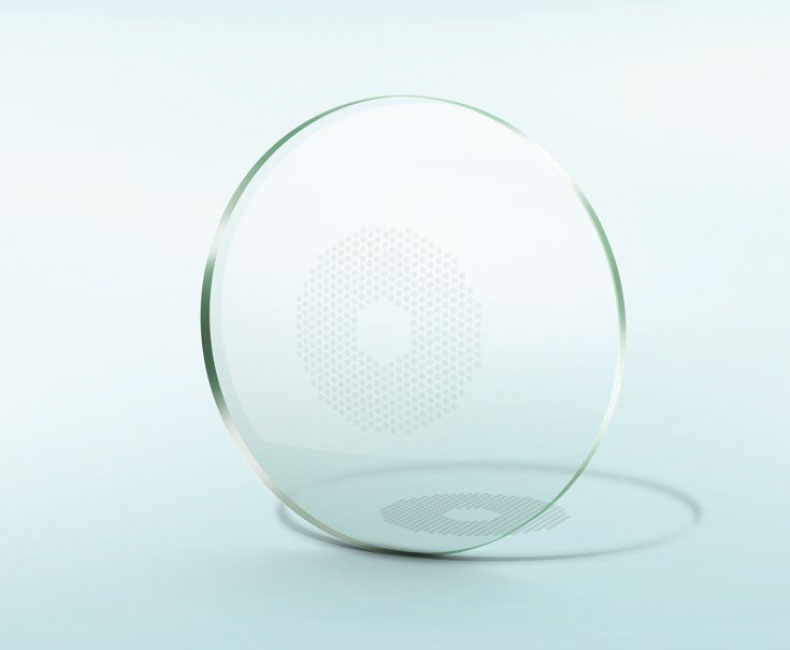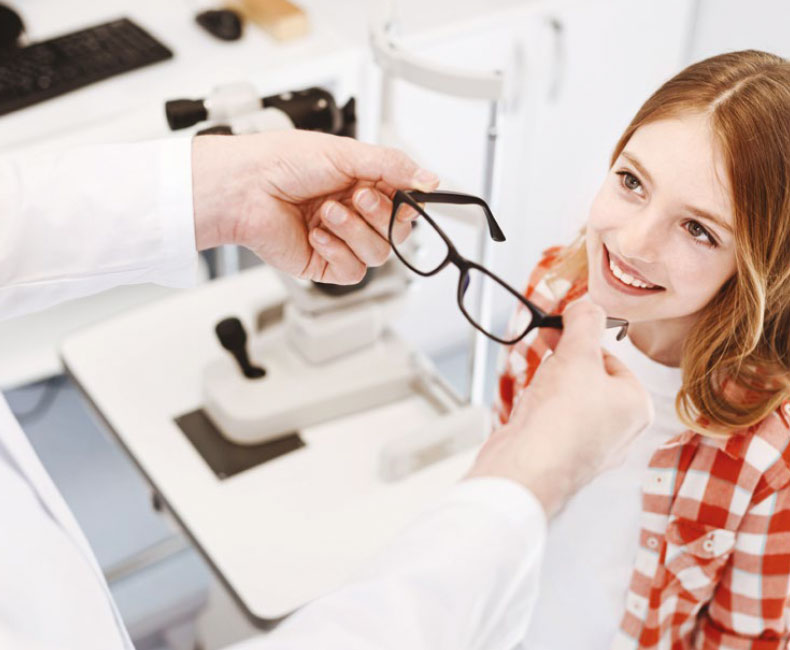MiYOSMART glasses lenses
Rawlings Opticians & Hearing Care have been passionate about Myopia Management for many years and we are excited to announce that MiYOSMART Spectacle Lenses from HOYA are now available in all our branches. These lenses use cutting edge technology to help manage the development of Myopia (also known as short-sightedness) in children.
 They are clinically proven to be an effective solution to slow down the progression of myopia and are as easy to wear as any pair of children’s glasses, offering an alternative to myopia management contact lenses. They can be used in place of ordinary glasses worn every day, or in addition to myopia management contact lenses for example in the evenings after contact lenses are removed or on days off myopia management contact lens wear.
They are clinically proven to be an effective solution to slow down the progression of myopia and are as easy to wear as any pair of children’s glasses, offering an alternative to myopia management contact lenses. They can be used in place of ordinary glasses worn every day, or in addition to myopia management contact lenses for example in the evenings after contact lenses are removed or on days off myopia management contact lens wear.
Based on two-year clinical trial results, MiYOSMART is proven to curb myopia progression in children on average by 60%* with its award-winning D.I.M.S. (Defocus Incorporated Multiple Segments) technology.
Myopia Today
An estimated 5 billion people, or half of the global population, could be affected by short-sightedness by 2050.With more near-work activities, less time spent outdoors, the high value placed on education performance and many other combined and interacting hereditary, behavioural and environmental factors, the incidence of myopia in children is increasing not just in the UK but worldwide. For more information see our Myopia Management page.
About MiYOSMART
 MiYOSMART is an innovative spectacle lens for myopia management developed by HOYA together with its research collaborator. MiYOSMART Spectacle Lenses use revolutionary D.I.M.S. Technology to enable clear vision in the same way as a conventional spectacle lens, but with a treatment zone on the lens surface that consists of hundreds of small segments which provide an additional correction. It is this additional correction that aims to impact the progression of the level of short-sightedness.
MiYOSMART is an innovative spectacle lens for myopia management developed by HOYA together with its research collaborator. MiYOSMART Spectacle Lenses use revolutionary D.I.M.S. Technology to enable clear vision in the same way as a conventional spectacle lens, but with a treatment zone on the lens surface that consists of hundreds of small segments which provide an additional correction. It is this additional correction that aims to impact the progression of the level of short-sightedness. So whilst the lenses are being worn your child will see clearly but also the growth of their eyes (and therefore the level of their short-sightedness) will be being managed by the D.I.M.S technology.
As children are active, there is a need for the lens material to be impact-resistant to offer their eyes the protection they need. MiYOSMART Spectacle Lenses are made from a polycarbonate material which is a light, thin highly impact resistant material that has passed the high velocity impact drop ball test. MiYOSMART Spectacle Lenses also have an anti-reflection coating as standard, which protects the lens surface with a high level of scratch resistance and enhances vision by reducing glare effects compared to uncoated lenses.
How can I get MiYOSMART Spectacle Lenses for my child?
You can simply contact us or book online for an appointment. Our Optometrist will carry out a full eye examination and following this one of our Opticians will help you with frame choice and take the necessary measurements and arrange for payment by monthly direct debit on our Rawlings Vision Plan. Fees for MiYOSMART Spectacle Lens treatment for myopia can be found here and includes:- 6 monthly replacement of MiYOSMART Spectacle Lenses
- Accidental Damage Cover
- Discounts on glasses frames
- All professional fees
- Free Myopia Management soft contact lens trial
- Twice yearly eye examinations
* Myopia progression (SER) by 59% and axial elongation (AL) decreased by 60% compared with those wearing SV lenses
References: 1. Dolgin E. The myopia boom. Nature. 03/2015, vol 519, no 7543, p.276-278 2. Huang H-M, Chang DS-T, Wu P-C. The association between outreach activities and myopia in children - a systematic review and meta-analysis. 2015. PLoS ONE 10 (10): e0140419. https://doi.org/10.1371/journal.pone.0140419 3. CH. Defocus Incorporated Multiple Segments (DIMS) Eyeglass Lenses Slow the Progression of Myopia: A 2-Year Randomised Clinical Trial. British Journal of Ophthalmology. First published online: May 29, 2019. doi: 10.1136 / bjophthalmol-2018-313739 https://bjo.bmj.com/content/104/3/363 * Myopia progression (SER) by 59% and axial elongation (AL) decreased by 60% compared with those wearing SV lenses.

